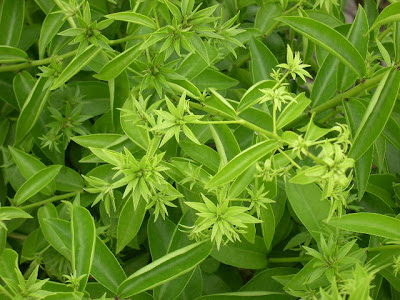

The Saguaro National Park
I have always had a lifelong ambition of visiting the Saguaro National Park. And after years of procastination, I decided the time had come to make the trip. Less than two weeks ago, on February 8, I started on this venture, which would no doubt involve a lot of flying across the Atlantic.
From London Gatwick it was a ten hour flight to Dallas Fort Worth. Then I had to hang around the airport for four long hours waiting for my connection to Tucson. Eventually at 6.35 pm we were on our way. After three hours I had arrived, and was heading for the Red Roof Hotel where I was staying. My initial response was that Tucson was very flat, and indeed, well laid out. But because of jetlag, that first night I was in a bit of daze, and I headed straight to bed, very early.
Early the next morning I ventured on a quick tour of the city, and decided to leave the saguaro visit to the weekend. As I had sensed, the city was very widely laid out, a striking contrast to the mountains in the background, but with very little of a serious downtown focus. Rather surprisingly there was no predictable shopping in the centre, as you have come to expect from most cities. Shopping, and all the usual commercial needs, were catered for in three or more parallel streets heading towards the surburbs.
The following day I headed to Saguaro National Park using a combination of public transport and local taxi. This was deliberate in order to avoid the overcharging of some unreasonable operators. It was very different from what I had anticipated. It started with almost flat terrain, followed by gentle slopes which eventually elevated to the Rincon Mountains. Altogether the both sides (There is an East and West Saguaro Park with the city of Tucson in the middle. I visited the East section. ) consist of over 90,000 acres. Close to the lower terrain, and starting at the Visitor Centre, there is a eight mile road loop which allows traffic to get around that part of the park. As expected, all along the way there are numerous hiking trails which crisscrossed the terrain, allowing a lot of choices for hikers.
My joy was being here. As a lover of cacti and succulents, who has planted and cared for this plant area for many years, it was the greatest pleasure to see them growing in their natural environment. Pride of place goes to the saguaro cactus which literally dominated the scene. But it was as interesting to investigate the varieties of prickly pears (opuntias), and other genres of cacti and succulents around, at a lower level. New to me were the non-succulents which also grew alongside the expected cacti groups, including the unusual mesquite and paloverde. Of course, where there are plants you will find the usual array of animals. They included a wide assortment of birds, ranging from resident woodpeckers, wrens, warblers, western kingbirds to elf and screech owls. The further animal list also included the cactus mouse, rattle snakes, tortoises, javelinas and many more. Not all were noticeable at this time of the year, but there were enough to demonstrate the nuances of this kind of life.
The life of the saguaro cactus ( real name is Carneigea Gigantea ) is very interesting to note. If it survives, it may live to over 200 years. It is capable of producing thousand of seeds in a given year. After fifteen years it is barely a foot tall. At 50 years it will be about seven feet tall. And at 100 years old, it wil be an impressive 25 feet. If it lives a full life, it can grow to 50 feet tall. In the end it may simply die of old age, if not felled before by the antics of humans or animals all around, or sometimes even by the extreme cold weather.
There was one regret about this visit, and it is the timing which was late winter. At this time of the year, the flowers are very long way off. The next time, and I have already decided that there will be a next time, I will be a little more selective about timing. But I should not allow the lack of flowers and warm weather, detract from what was a very remarkable, and enjoyable visit.


Comments